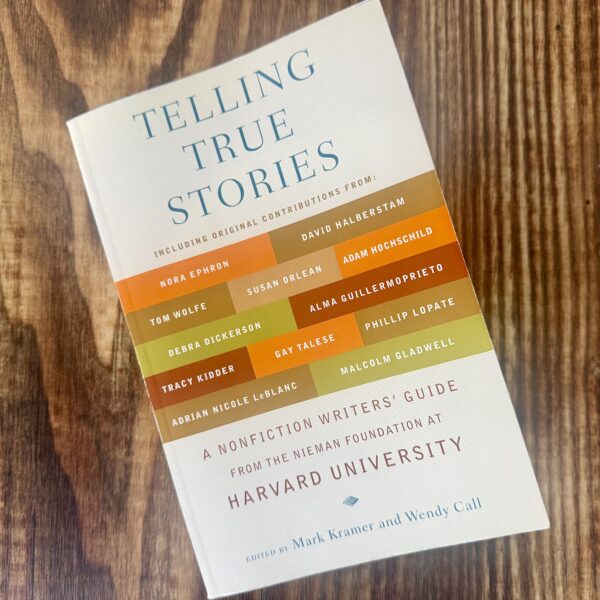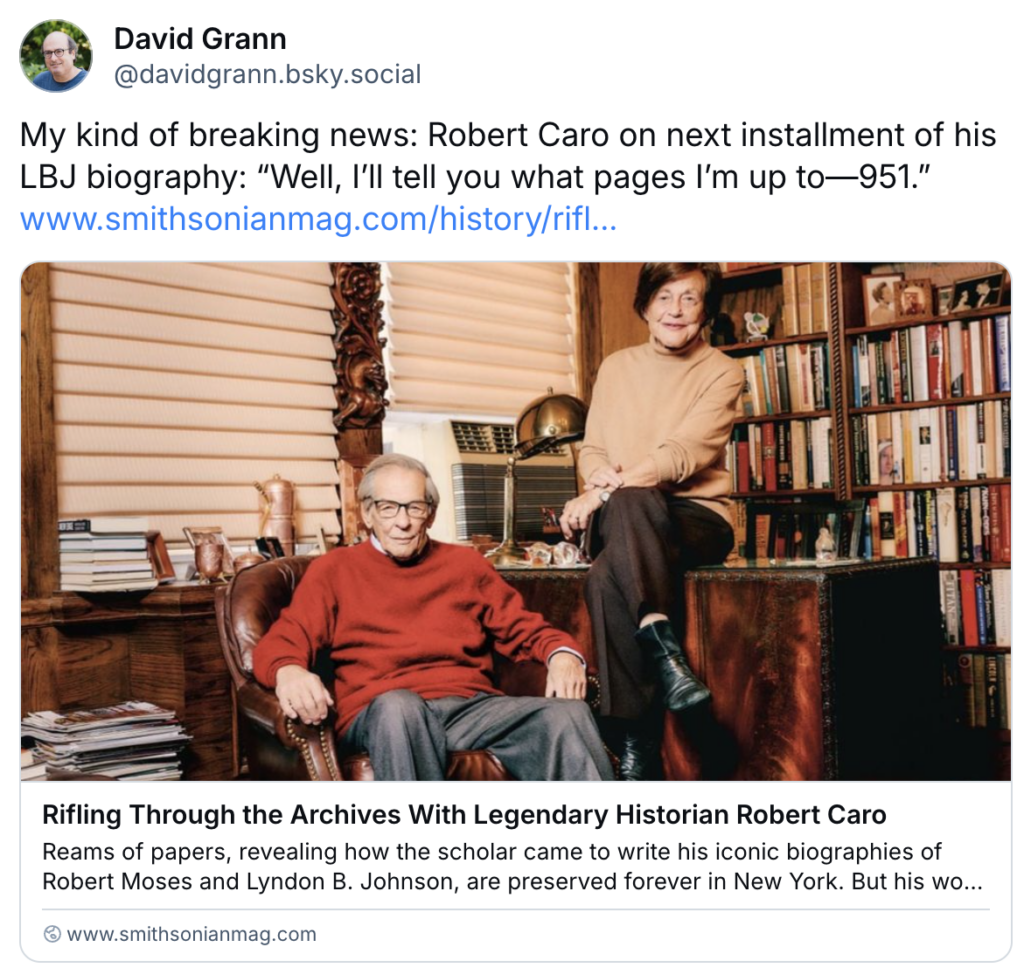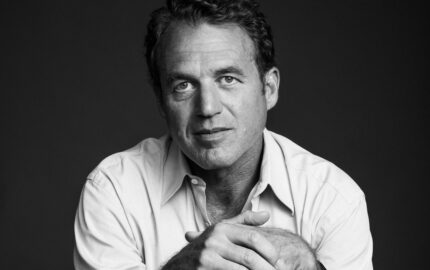Sign up for the Nieman Storyboard newsletter, delivered every Friday in your inbox.
***
Dear Storyboard community,
Before officially joining Storyboard as editor, I went back to read the Nieman Foundation's original book on the craft of narrative nonfiction, "Telling True Stories." Edited by Mark Kramer and Wendy Call, the book includes timeless advice on reporting and storytelling from Lane DeGregory ("talk to strangers"), to Isabel Wilkerson ("there is a tremendous power differential between the reporter and the ordinary individuals we write about"), to Katherine Boo ("you will make a thousand moral decisions in the course of reporting and writing each story").
Many books have shaped my own understanding of story. Jack Hart's "Storycraft" showed me what's possible in journalism, and reminds us to consider when we *shouldn't* use narrative in our work. More recently, "Storyworthy," by Moth StorySLAM champion Matthew Dicks, helped me break down stories to a more conversational level — how we connect through stories at the dinner table.
Now it's your turn. Storyboard contributor Mallary Tenore Tarpley is gathering an ultimate list of books on storytelling, and we'd love your recommendations — journalism, screenwriting, podcasting, we want all of it. Email us at editor@niemanstoryboard.org to tell us what you love and what you've learned.
Then there's the storytelling delivered from the stage. This week, we're joined by new Storyboard contributor Kara Cutruzzula, who writes about using her journalism and editing experience to try her hand at writing musicals. Here's what she learned along the way.
Subscribe to Storyboard
Get insights into the craft of journalism and storytelling in your inbox, delivered on Fridays.
Links of Note
- For Smithsonian magazine, Chris Heath interviews Robert Caro and accompanies him on a journey through his newly opened archive at the New York Historical, timed to the 50th anniversary of "The Power Broker," his classic biography of New York urban planner Robert Moses. Caro, like many journalists, doesn't love being the subject of an interview, and the archive reveals he doesn't love saying too much when he's doing the interviewing:
He is sitting at a table in the reading room of the New York Historical, surrounded by boxes of his past. There are currently around 120 boxes in the collection, an estimated 100 linear feet of material, and he still has more to hand over. The item in front of him now is a notebook from one of his interviews with Robert Moses in 1967 or 1968. Written in capital letters in the middle of the page are two words Caro would sometimes write down as a message to himself: “SHUT UP!” “I learned the importance of silence,” he says. “People have a need to fill up silence.”
- Erika Hayasaki talks to Jessica Reed, features editor at The Guardian US, about what Reed is looking for in longform narratives and essay pitches. "I'm really hoping to build something called 'the hope beat.' Not entirely solutions journalism, but profiles of people who say: “F—k it. I'm going to do what I can to change what's in front of me."
- In a story drawn from his forthcoming book, “Strangers in the Land: Exclusion, Belonging, and the Epic Story of the Chinese in America,” The New Yorker's Michael Luo recounts a horrific act of racial violence in 1885, when white miners killed at least 28 Chinese residents in Rock Springs, Wyoming, and burned down the town's Chinese quarter. Luo opted to start the story in the present day, following historical archeologist Laura Ng on a dig to look for remnants of the former Rock Springs Chinatown:
Ng and her colleagues worked in ten-centimeter increments, digging and sifting. They were joined on most days by Dudley Gardner, a former professor of history and archeology at Western Wyoming Community College, and perhaps the world’s foremost expert on the massacre. He has spent more than four decades researching the Rock Springs Chinatown––at times overcoming residents’ reluctance to probe the past. “There were remnants of the community who remember having relatives that actually perpetrated the Chinese massacre,” he told me.
- Harvard's Shorenstein Center on Media, Politics and Public Policy has announced its finalists for the 2025 Goldsmith Prize for Investigative Reporting.
Keep sharing your stories,
Mark Armstrong
Editor
Nieman Storyboard
On Bluesky: @niemanstoryboard.org
Send me your story, book, podcast, and documentary recommendations: editor@niemanstoryboard.org





